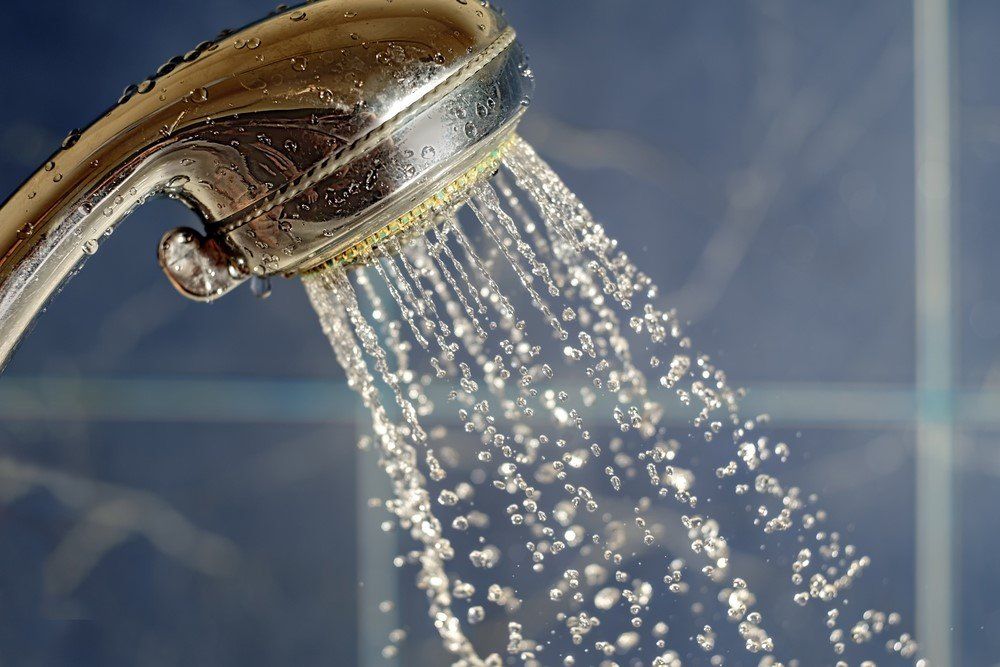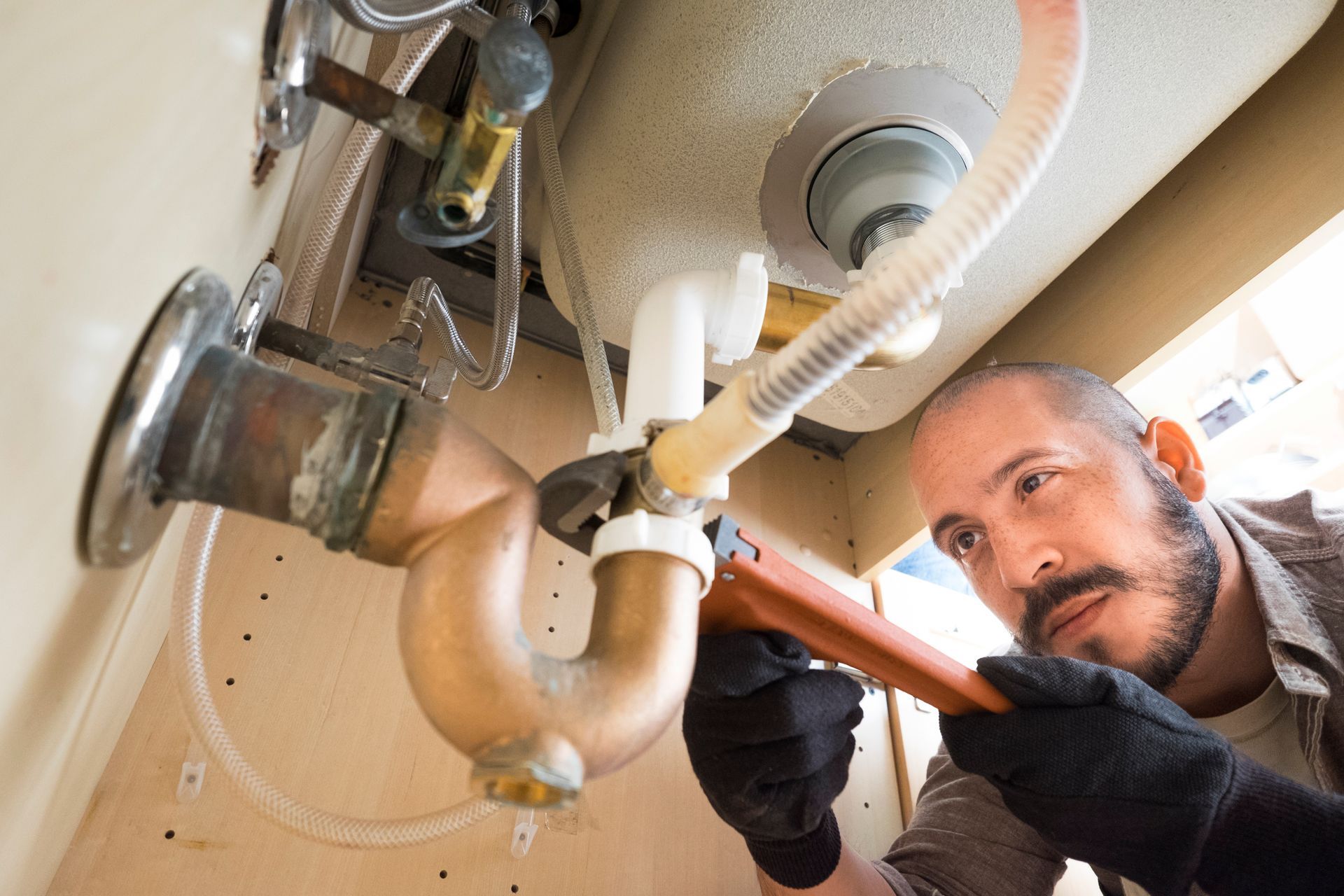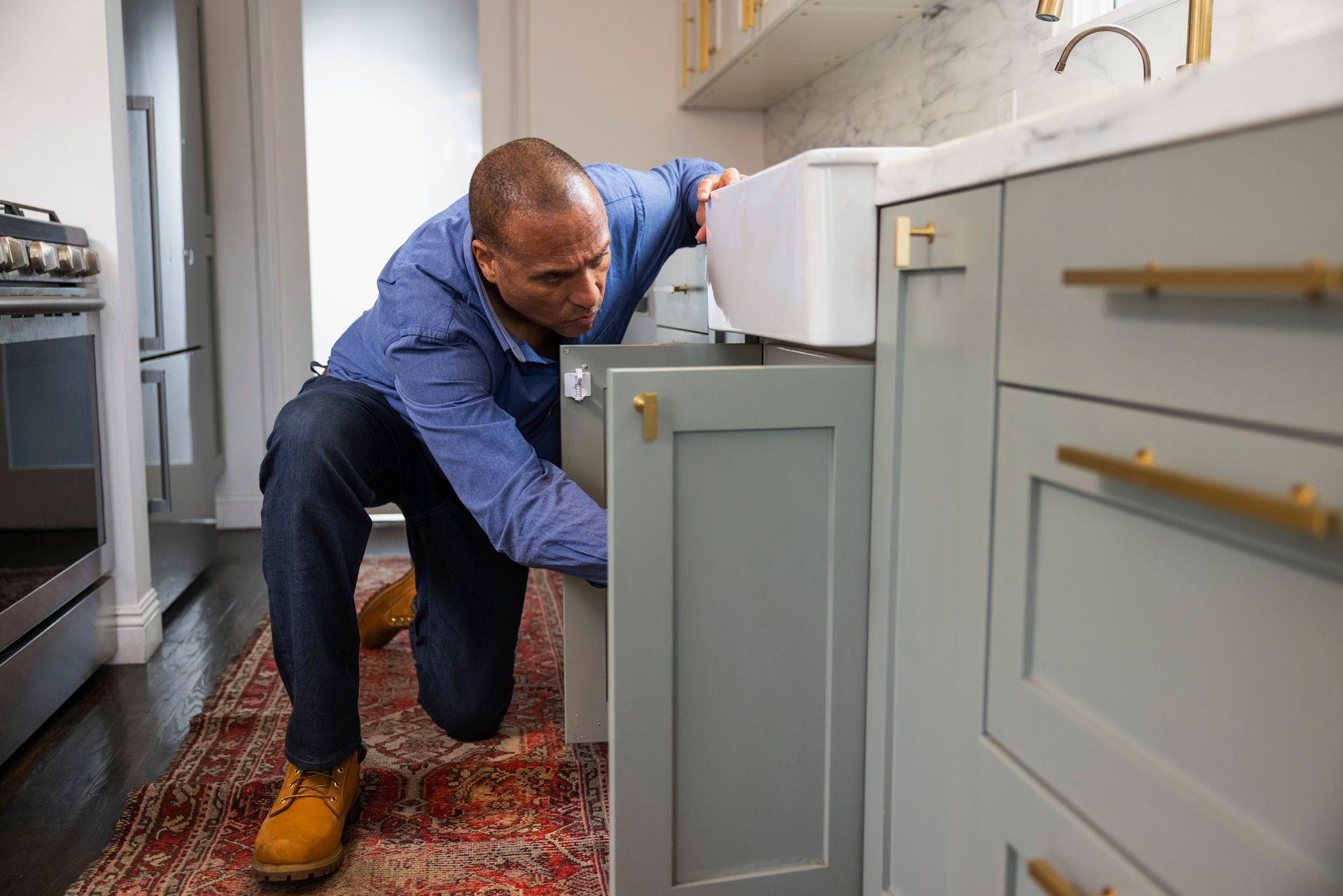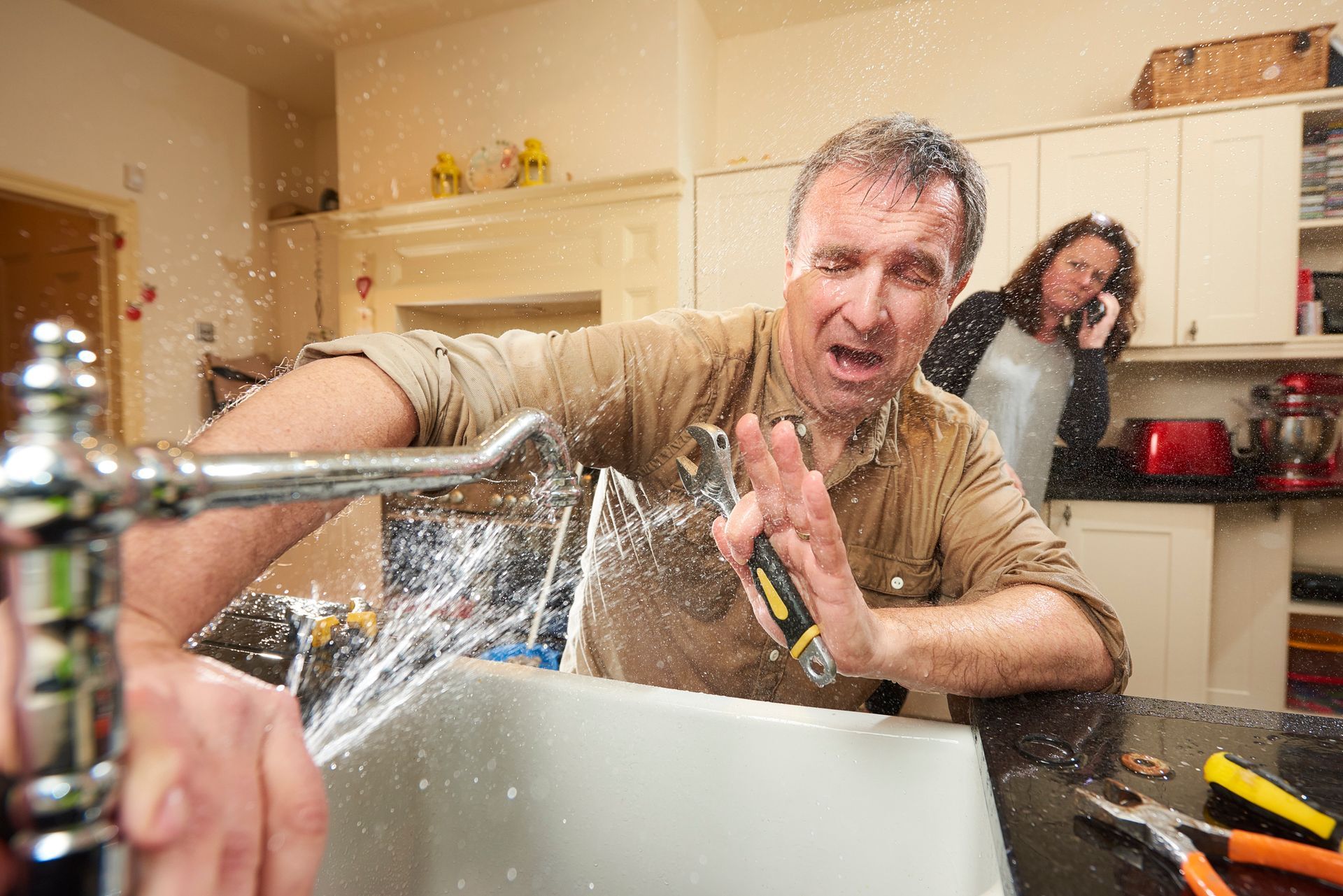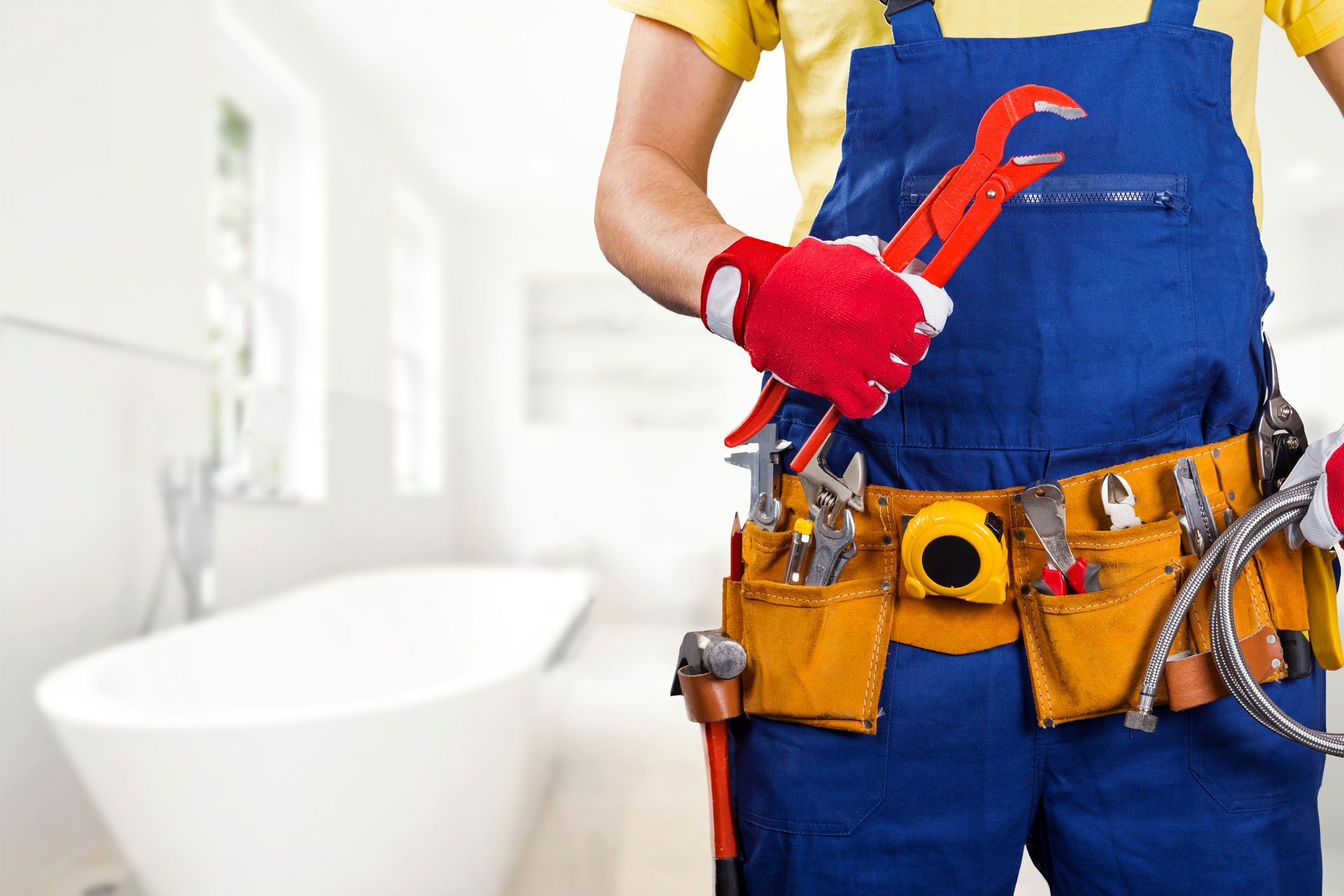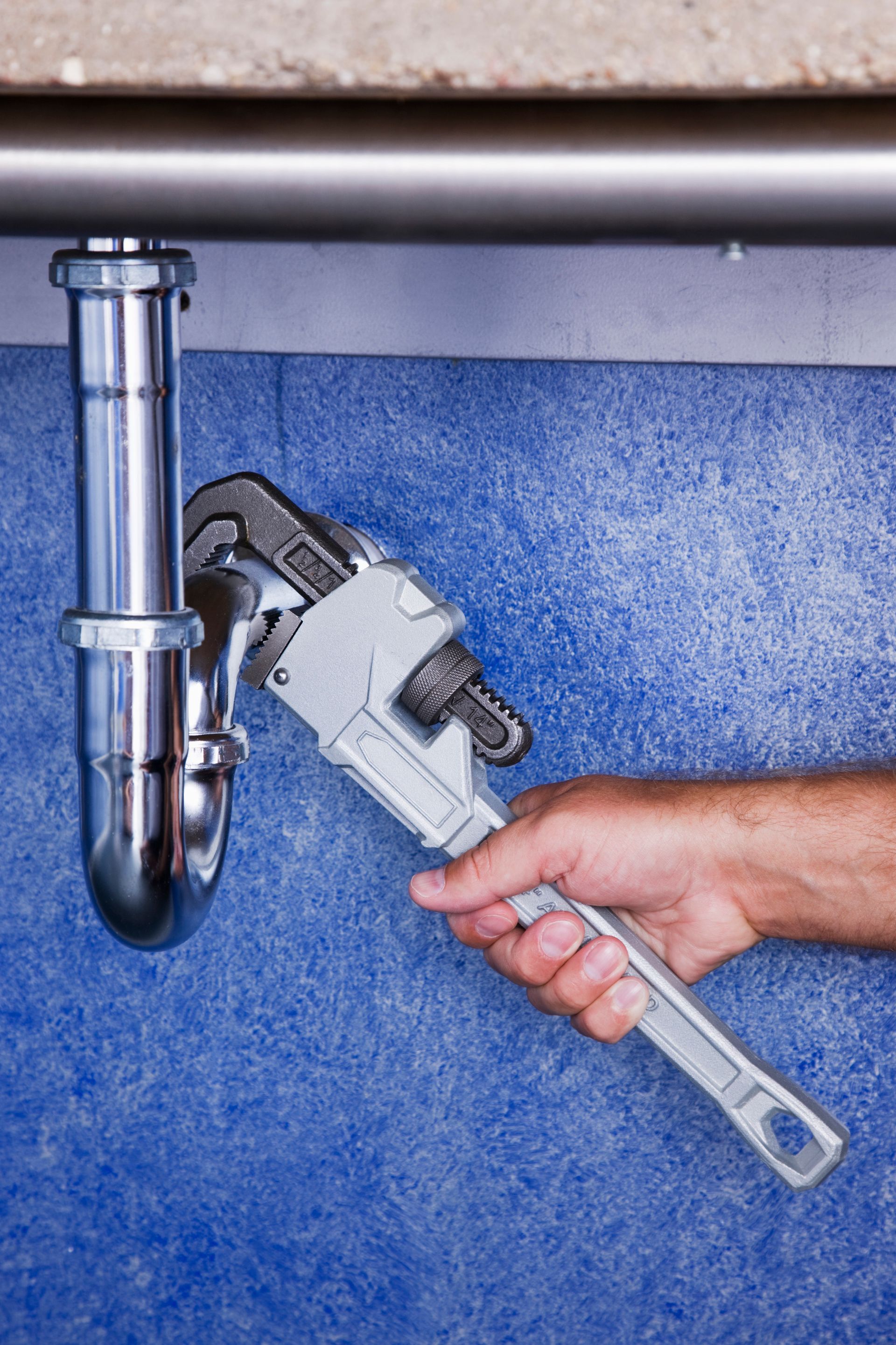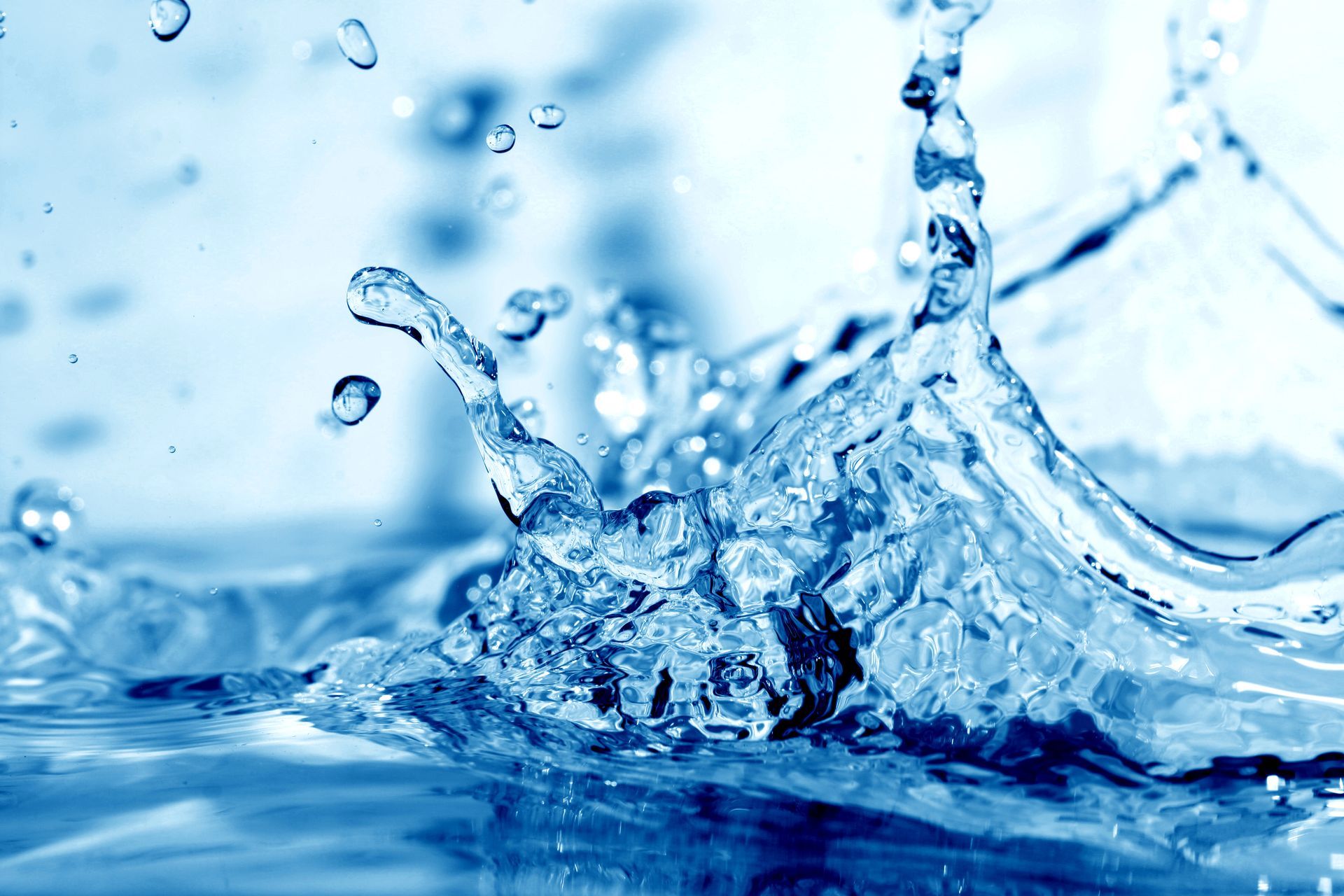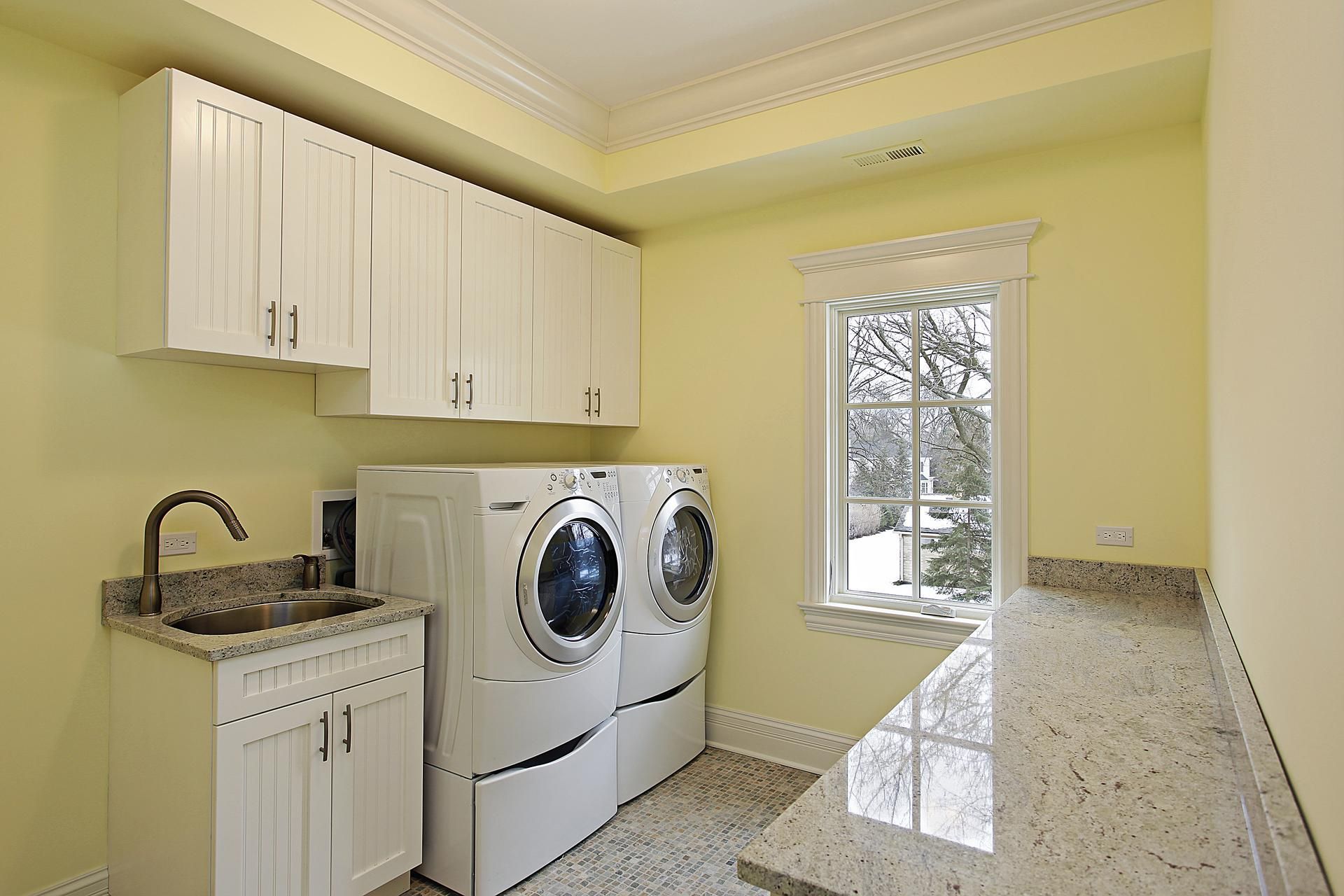Blog
4 Things to Know About Water Pressure Regulators
As far as most homeowners are concerned, more water pressure is almost always a good thing. Yet while excess water pressure may make your morning shower more enjoyable, it can also cause serious damage to your plumbing system. Many experts recommend that home water pressure never exceed 80 psi .
To ensure that pressure remains below this threshold, many plumbing systems contain a component known either as the pressure regulator, or the pressure reducing valve. Unfortunately, many homeowners fail to appreciate the important role played by this valve. This article takes a closer look at four key things to know about your pressure regulator.
1. The Pressure Regulator Lies on Your Main Water Line
In order to provide safe pressure for your entire home, the pressure regulator must lie on your main water line. Try looking where your main water line enters your home. The first attachment should be the main shut off valve, and the next should be the regulator.
Plumbers almost always install the shut off valve first. That way, should your regulator need work, the plumber can shut off the water supply in order to make the necessary repair. The regulator screws directly onto the main water line. You can identify the regulator by its conical shape and by the screw located on its top face.
2. Pressure Regulators Allow You to Control Pressure
A pressure regulator doesn't just have a fixed setting. Rather, the screw on the top of the valve allows you to manually adjust the water pressure in your home. When first installed, most pressure regulators have a setting of 50 psi. If this setting doesn't meet your water pressure needs, you can adjust the regulator to allow a greater amount of pressure.
Of course, you don't want to start adjusting the pressure regulator randomly. Many regulators don't indicate their pressure setting. Instead, you need to attach a pressure gauge to one of your water supply lines. This gauge provides accurate information about the exact pressure setting, ensuring that you don't overshoot the mark and damage your plumbing.
3. Most Homes Can Benefit From a Pressure Regulator
If your home doesn't already contain a pressure regulator, you should strongly consider having one installed. Even if a pressure gauge shows that your current water pressure remains within a safe level, things may change with time. Home water pressure varies depending on a surprising number of factors.
Many such factors have nothing to do with your in-home water use. Instead, water pressure may fluctuate as the result of changes in your municipal system. Although you may never be aware of it, pressure can rise into dangerous levels as the result of things like overall community water use and municipal system repairs.
A water pressure regulator ensures that, no matter what kind of fluctuations your local water system experiences, your home remains safe from excessive pressure.
4. A Pressure Regulator Will Eventually Fail
With relatively few moving parts, pressure regulators tend to enjoy reasonably long lifespans. Yet eventually a regulator will experience enough internal stress that it begins to break down. A failing pressure regulator will lead to an abrupt change in your whole home's water system. You may notice that your pressure suddenly drops — or that it suddenly grows much stronger.
If you suspect that your pressure regulator has reached the end of its lifespan, you must have a professional inspect it as soon as possible. Failing to do so may lead to serious problems for your system. Resist the temptation to install a new regulator yourself. Only a professional can ensure that the replacement part meets the exact specifications of the original.
For more information about installing or replacing a water pressure regulator in your home, please contact Complete Plumbing.
Installation
Services
and Military Discount



